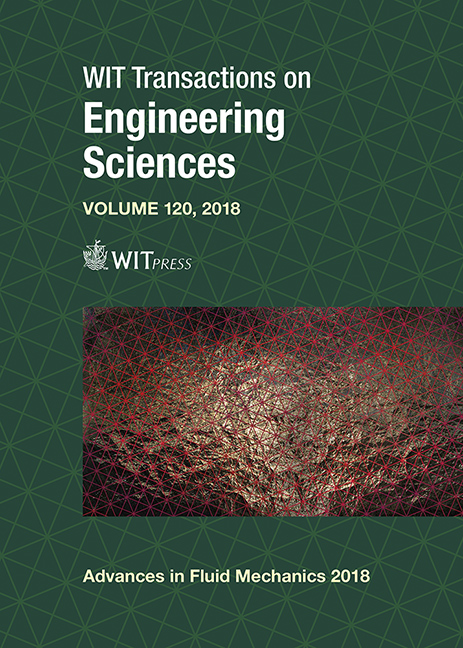ANALYSIS OF AN AUTOMATIC VALVE GEOMETRY FOR CONCRETE AND DRILLING MUD PUMPS TO AVOID CAVITATION: NON-NEWTONIAN CFD MODELLING
Price
Free (open access)
Transaction
Volume
120
Pages
9
Page Range
209 - 217
Published
2018
Size
575 kb
Paper DOI
10.2495/AFM180211
Copyright
WIT Press
Author(s)
FRANCO CONCLI, CARLO GORLA
Abstract
A mud pump is a reciprocating liner (piston/plunger) pump designed to circulate drilling fluid under high pressure down the drill string and back up the annulus. A mud pump is an important part of the equipment used for oil well drilling. The automatic valves of the fluid-end produce the pumping effect. The valves consist of a movable body and a reaction spring. The spring is designed in order to avoid leakage and prevent contact between the valve itself and the retaining cage. Its proper sizing depends on the operating conditions as well as the properties of the fluid. The valve seat geometry significantly contributes to ensure the tightness of the fluid-end. An aspect that should be carefully considered during the design of new geometries is the phenomenon of cavitation. Cavitation consists in the development of vapour cavities in the liquid phase. Inside the cavities the pressure is relatively low. When subjected to higher pressure, the voids implode and generate an intense shock wave that promotes the wear of the components (i.e. valve, valve seat, etc.). A deep understanding of the fluid behaviour is crucial for an effective design. Transient CFD simulations of the valve opening have been performed using a non-Newtonian fluid model able to describe the drilling muds. After a deep literature review, the Herschel–Bulkley model was selected as the most suitable for emulating the drilling mud. With the above mentioned approach, the reaction spring and valve seat were designed properly to avoid premature wear phenomena.
Keywords
CFD, concrete, drilling mud, Herschel–Bulkley, pump, valve, cavitation





